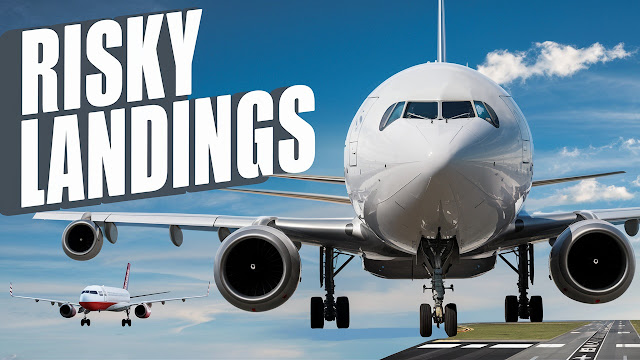The Poldercrash: Unraveling the Tragedy of Turkish Airlines Flight 1951
On February 25, 2009, what started as a routine landing at the Amsterdam Schiphol Airport turned into a horrific tragedy when Turkish Airlines Flight 1951, a plane operated using a Boeing 737-800, ran into a field to the north of the runway. Nine individuals were killed during this crash, later known as the Poldercrash or the Schiphol Polderbaan disaster, and all three pilots comprising the crew.
A Routine Flight Turns Deadly:
Departure from Istanbul, Turkey, and landing at Amsterdam Schiphol Airport in the Netherlands followed the path of an ordinary flight. The Boeing 737-800 had on board passengers and crew, descending towards the airport to make a routine landing. What follows would echo around the globe of aviation, changing opinions on safety and automation permanently.The Devastating Impact:
Tragedy struck when the plane was descending onto the runway at Polderbaan. The Boeing 737-800 dived on to the ground and broke into three separate pieces upon landing. The terrible consequence resulted in the death of all passengers on the passenger and crew list, nine people in total. There were three pilots among them who were supposed to fly the plane back home safely.Malfunctioning Automation Exposed
Following the accident, investigations investigated a chain of events leading up to the fatal accident. The flight systems on the aircraft responded to a malfunctioning radio altimeter, which caused the autothrottle system to reduce engine thrust during descent. Sadly, this sudden reduction in thrust was not noticed by the pilots in time. The aircraft tragically crashed since it could not be saved to prevent stalling.Boeing's Response and Lessons Learned:
The incident prompted Boeing to take proactive measures in preventing the same from happening. Pilots of all 737s and BBJs were reminded by a bulletin of how essential correct airspeed and altitude reporting is when descending to land. The bulletin deprecated the use of autopilot or autothrottle system where there is radio altimeter discrepancy, highlighting the critical pilot monitoring and response.A scathing 2020 New York Times investigation revealed potential complexities in the crash inquiry. The Dutch inquiry was said to have glossed over the mistake created for Boeing's design with more pilot error focus. This was allegedly prompted by Boeing and US federal aviation safety regulators. The revelation fueled controversy of openness in aviation business and its steadfast commitment to safety.



Comments
Post a Comment